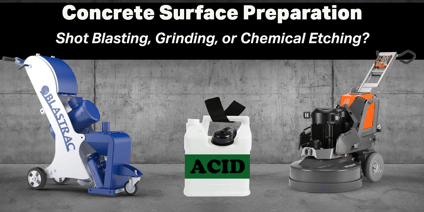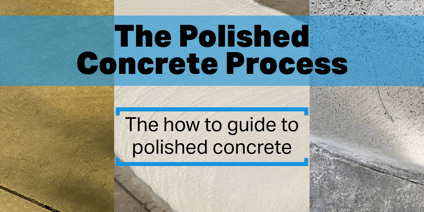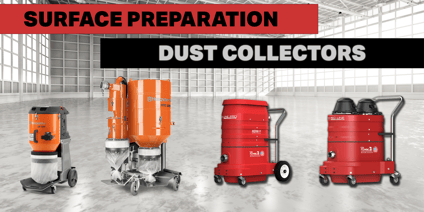If you have researched concrete grinding or polishing, you have probably run into the terms “wet or dry”. These terms are often used for how a contractor will grind or polish a floor. It isn’t as simple to say one method is the most correct method as some people might believe.
In this Pro's Corner post we discuss what each method is and which is appropriate for particular situations.
The Dry Concrete Grinding and Polishing Process
The dry process has become more popular in recent years. With this method gaining traction, most grinders and polishers are all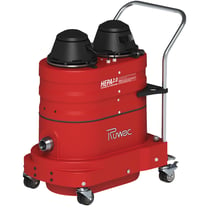 compatible with a dust collection system, which is necessary for dry concrete grinding and polishing because it helps to protect the contractor and those working around the grinder.
compatible with a dust collection system, which is necessary for dry concrete grinding and polishing because it helps to protect the contractor and those working around the grinder.
Dust creation is inevitable and impossible to prevent with the dry method. Using a dust collector, especially one with a HEPA filter, will prevent unnecessary contaminants from entering your lungs. Not only is this safe, but it also eliminates the mess as you work, saving you time and money.
The Wet Concrete Grinding and Polishing Process
The wet method is a much older method of grinding and polishing concrete. Many contractors prefer it because it has been around for so long. The wet process uses water to act as a lubricant for your diamond tooling and keeps it cool during the process. One of the greatest benefits of wet grinding is the creation of slurry (wet concrete dust).
The slurry is a mixture of dust and water creating a wet paste. This will then be gathered up and disposed of properly with a Slurry Vacuum. With slurry, you do create a mess, but you reduce the risk of harmful contaminants entering the air thus keeping you safe.
So which is better?
Unfortunately, this is something we can't give a definite answer to. Both have advantages and disadvantages. Depending on the job site you may need to do both. Here are some points to consider based on the type of job you might be doing.
Pros and Cons of Wet Concrete Grinding and Polishing
Pros
- Wet grinding can help extend the life of your diamond tooling.
- No dust is created, making it essentially a dustless process.
- Proven for years to be an effective and efficient way of grinding and polishing.
Cons
- The wet method can use a lot of water during larger jobs. It might be considered a wasteful use of water.
- Less shine for polished concrete compared to the dry method.
- Messy cleanup of the slurry.
Pros and Cons of Dry Concrete Grinding and Polishing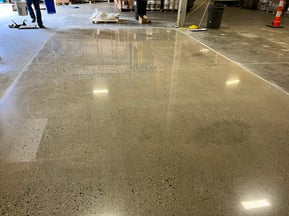
Pros
- More shine in polished concrete compared to wet polishing
- More suitable if grinding soft concrete
- Easy clean-up with a dust collector
- Immediate results, you get to see how well your diamond tooling is working without having to wait for it to dry.
Cons
- There is an added health hazard due to the amount of dust created.
- Added cost due to needing a dust collector as additional equipment
- Glazing the concrete. This is a result of the diamond tooling getting too hot, essentially melting the tooling and becoming ineffective.
Conclusion
Overall, we would recommend that you find the balance for the type of work you will be doing. In a lot of cases, a mixture of both may be necessary. For example, when working with extremely hard concrete, the wet method may be the right way to start before moving to a dry process to achieve the greatest shine. In other situations, you may want to only stick to one particular method.
Enjoyed reading this post? Read the following articles:

